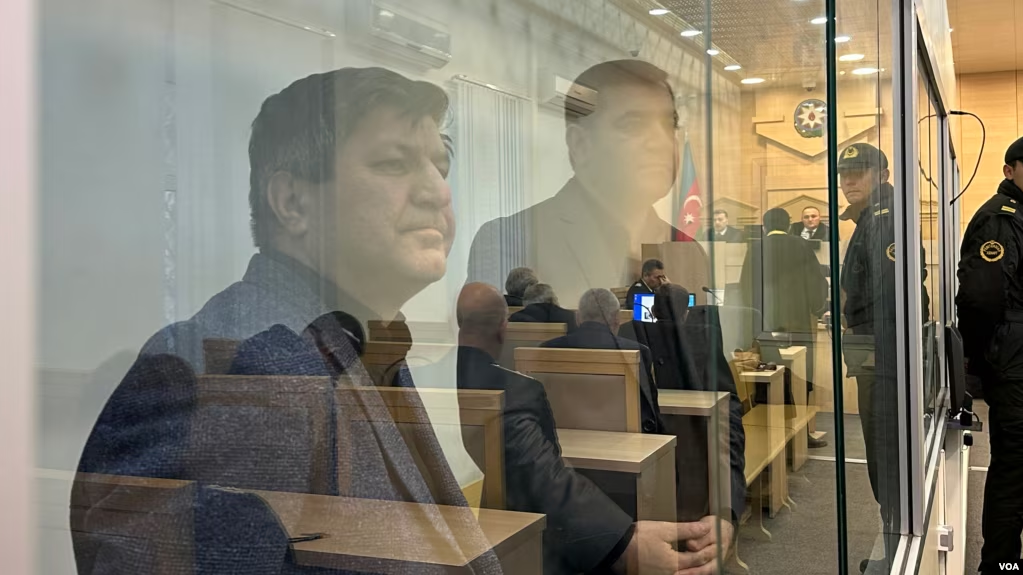A legendary heroic figure. His best known incarnation is a sculpture that sits in one of the armoured casements of Kronborg Castle, sleeping with his arms crossed.
He’s sleeping?
Yes, and he had been since 1907. Hotel Marienlyst ordered a statue of him and the sculptor Hans Pedersen-Dansom’s plaster model was put in the castle. In 1985, it was replaced with a concrete sculpture as the poor old man had suffered water damage in the damp casement.
What about the real statue?
It is made of bronze and sits in front of Hotel Marienlyst, but not for long, as they are selling the hero to the highest bidder. So go ahead if you have about two million kroner in your pocket and nothing to spend it on. But be careful about making fake bids.
So who was Holger?
He is a legend who can be traced back to the 11th century in French stories about Charlemagne. Holger Danske, or Oger le Danois, was a crusader fighting the infidels in Spain and Italy. In 1789, Freidrich Kunzen’s opera ‘Holger Danske’ spawned a huge wave of nationalistic pride.
Why is he sleeping?
Rumour has it that he is waiting for an attack on Denmark. When the country is in need, Holger Danske will wake up to protect it.
I’d like to see that!
It’s your lucky day because in DR1’s TV julekalender from 2000, ‘Jul på Kronborg’ (Christmas at Kronborg), the myth comes true when the castle is on the verge of being sold to the Swedes. Good old Holger wakes up to defend his country’s honour, but first he has a craving for pizza to satisfy and, after 93 years, who can blame this sleeping beauty?
He sounds worth saving.
Well, Dansk Folkeparti hopes that the culture minister will intervene and secure the legend’s Danish citizenship. But for now, he’s up for grabs.











